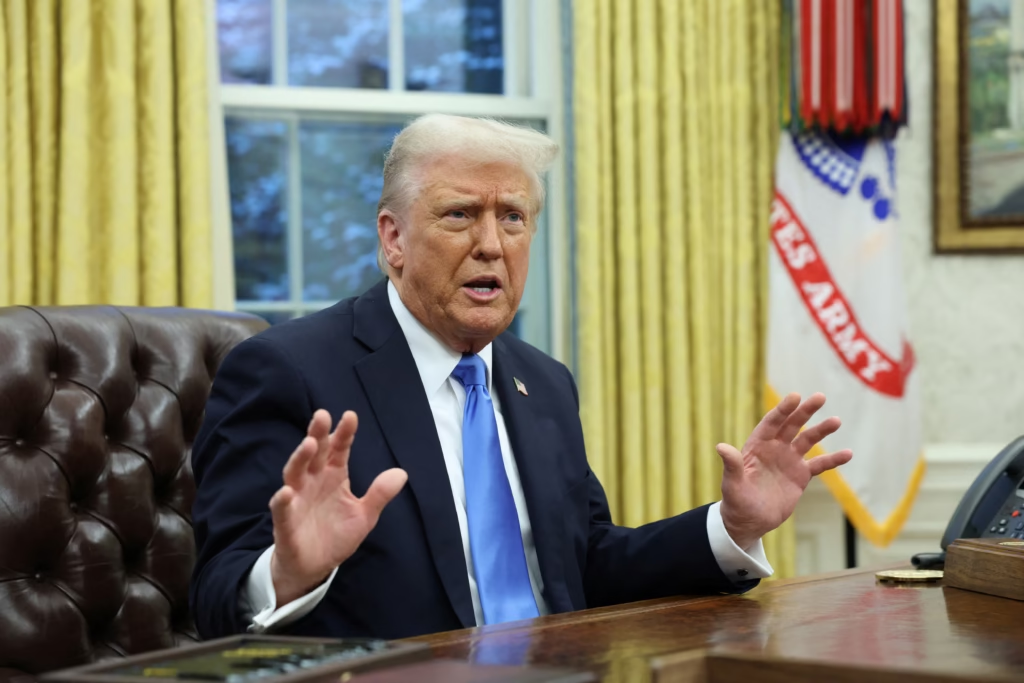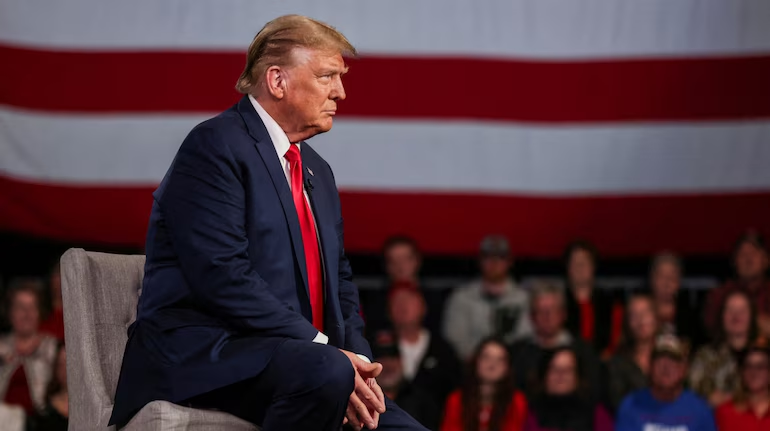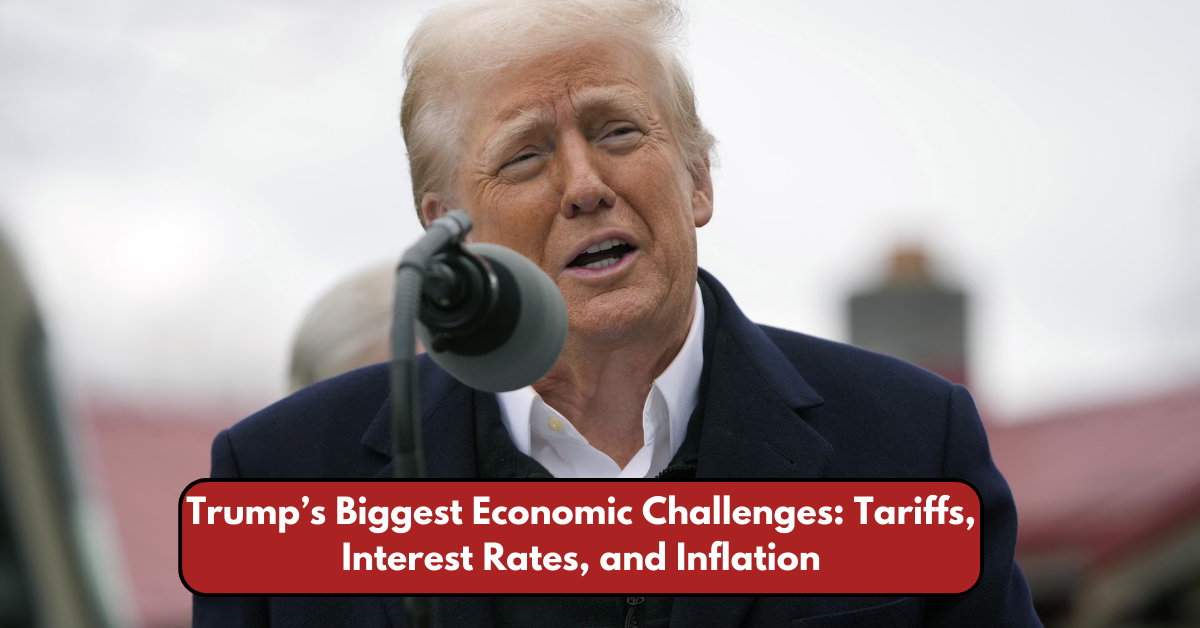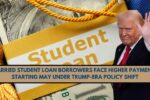As former President Donald Trump eyes a return to the White House, his economic policies face significant challenges that could shape the financial future of the United States. Chief among them are tariffs, interest rates, and inflation, which together present a complex economic landscape that could influence both consumer spending and business investment.
The Tariff Dilemma
One of Trump’s signature economic policies has been the implementation of tariffs on imports, particularly from China, Mexico, and Canada. These measures, initially intended to reduce the trade deficit and encourage domestic manufacturing, have instead contributed to rising consumer prices. According to S&P Global, if these tariffs persist through 2025, they could lead to a one-time increase in consumer prices by approximately 0.5% to 0.7%.
Nobel Prize-winning economist Joseph Stiglitz has warned that these policies could deter investment and increase the risk of stagflation—a combination of stagnant economic growth and rising inflation (The Guardian). While the Trump administration has argued that tariffs protect American jobs, many industries have seen higher production costs, which are often passed on to consumers.
Interest Rates: A Double-Edged Sword
The Federal Reserve, led by Chairman Jerome Powell, has maintained a cautious stance on interest rates due to persistent inflationary pressures. Trump has long criticized the Fed’s approach, previously calling for lower interest rates to stimulate economic growth. However, with inflation still a concern, the Fed has indicated it may keep rates elevated to control price increases (Investor’s Business Daily).
Higher interest rates mean increased borrowing costs for businesses and consumers. Mortgage rates remain high, making homeownership more expensive, while businesses face higher costs for expansion and investment. This could slow economic growth, a scenario that might clash with Trump’s economic agenda of boosting manufacturing and job creation.
Inflation: The Lingering Challenge

Despite some easing from the peak levels of 2022, inflation remains a significant hurdle. The latest Consumer Price Index (CPI) report shows a 3% annual increase, with core inflation—which excludes volatile food and energy prices—rising to 3.3% (U.S. Bureau of Labor Statistics).
Higher inflation erodes purchasing power, affecting everyday Americans who face rising costs for essentials such as groceries, rent, and healthcare. While Trump’s policies may aim to reduce inflation through supply-side measures and reduced government spending, his tariff strategy may counteract these efforts by keeping consumer prices elevated.
Political and Economic Implications
Trump’s approach to economic policy will likely be a key issue in the 2024 presidential election. While his supporters argue that his trade policies protect American workers and industries, critics warn that tariffs and a potential trade war could drive up costs for consumers and hurt economic growth.
Meanwhile, the Biden administration has taken a different approach, opting for strategic investments in infrastructure and clean energy while maintaining some of the tariffs imposed during Trump’s tenure. Whether Trump, if re-elected, will double down on his previous economic strategies or adjust his policies to address inflation and interest rates remains to be seen.
Conclusion

The intersection of tariffs, interest rates, and inflation presents one of the toughest economic challenges for Trump should he return to office. His administration would need to carefully balance trade policy, monetary policy, and fiscal measures to ensure stable economic growth. While his supporters believe his business-first approach can revitalize the economy, critics remain concerned that the very policies he champions could make inflation and interest rates even harder to control.
For now, the American economy stands at a crossroads, with key decisions on trade, monetary policy, and fiscal responsibility likely to shape the nation’s financial future in the years ahead.
This article has been carefully fact-checked by our editorial team to ensure accuracy and eliminate any misleading information. We are committed to maintaining the highest standards of integrity in our content.

Premlata is a seasoned finance writer with a keen eye for unraveling complex global financial systems. From government benefits to energy rebates and recruitment trends, she empowers readers with actionable insights and clarity. When she’s not crafting impactful articles, you can find her sharing her expertise on LinkedIn or connecting via email at [email protected].




